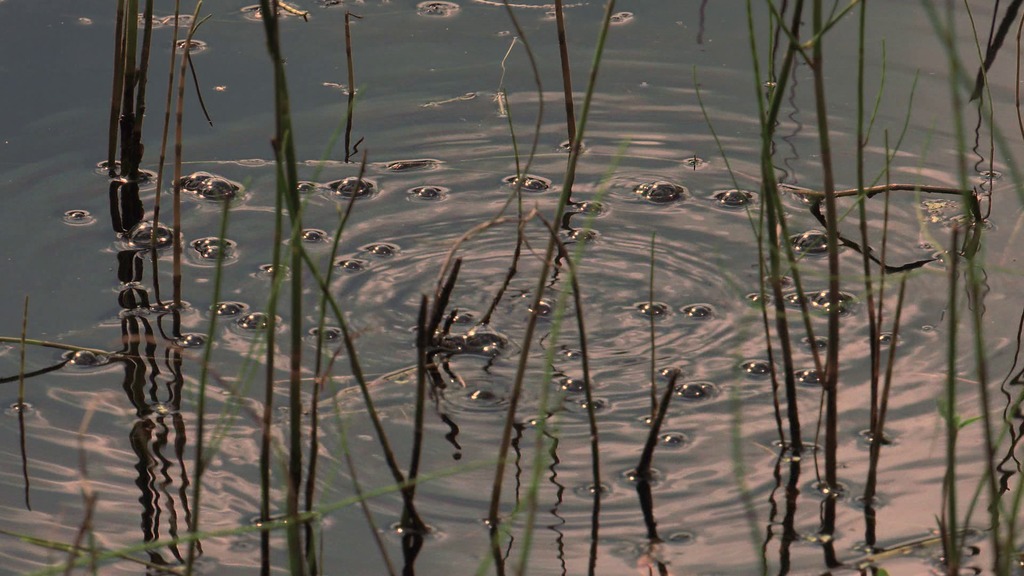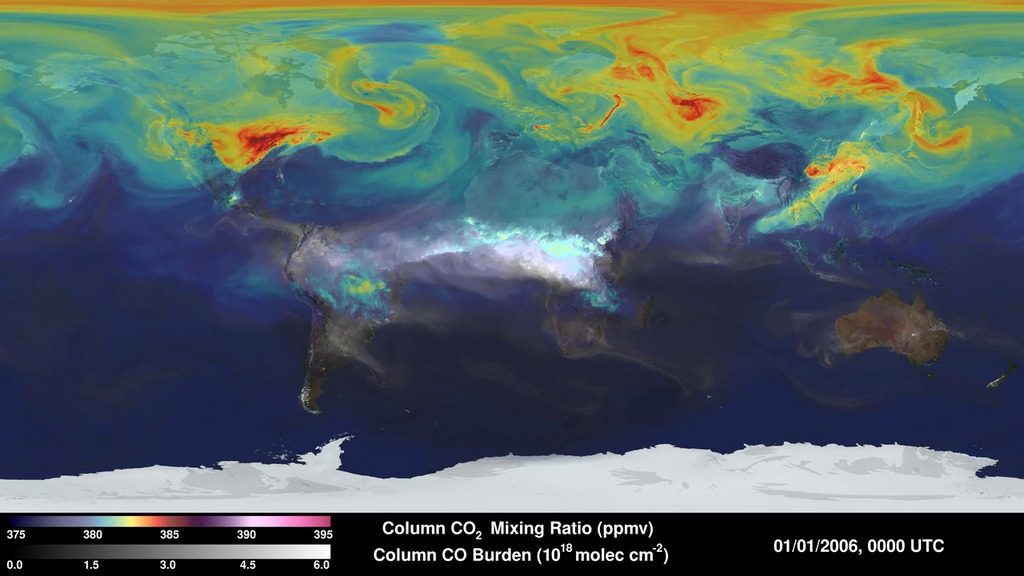Arctic Bubbles

Methane bubbles up from permafrost beneath Arctic lakes.
The Arctic stores one of the largest natural reservoirs of organic carbon in the world in its frozen ground, called permafrost. But in our warming world, that permafrost is thawing, When the frozen ground thaws, soil microbes wake up and turn that stored carbon into greenhouse gases carbon dioxide and methane that are then released into the atmosphere. An international team of U.S. and German researchers participating in NASA’s Arctic-Boreal Vulnerability Experiment (ABoVE), a ten-year program to understand climate change effects on the Arctic, used field measurements and computer models to study a process called abrupt thawing. Abrupt thawing takes place under a type of lake, called thermokarst, that forms when melted permafrost causes the land to slump into a depression that then fills with rain, snowmelt or meltwater. Abrupt thawing increases the release of ancient carbon stored in the soil 125 to 190 percent compared to gradual thawing alone and more than doubles previous estimates of permafrost-derived greenhouse warming. Because the thermokarst lakes are relatively small and scattered throughout the Arctic landscapes, computer models of their behavior are not currently incorporated into global climate models. However, including them in future models is important for understanding the role of permafrost in the global carbon budget. Watch the video to learn more.
Emissions of carbon from thawing permafrost could potentially become a major source of atmospheric methane.

Methane gas bubbles up from the bottom of lakes formed by thawed permafrost and is released into the atmosphere.

Seasonal freeze-thaw cycles of soil at the surface causes cracks to form that create polygon-shaped slumping patterns.

Permafrost stretches across the continents bordering the Arctic with continuous bands at the northern-most reaches.
For More Information
See Climate.nasa.gov
Credits
Please give credit for this item to:
NASA's Scientific Visualization Studio
Data Visualization of Permafrost Status courtesy of NASA's Earth Observatory
-
Writers
- Ellen T. Gray (ADNET Systems, Inc.)
- Amy Zhao (Experiential Learning Program, UMD)
-
Producer
- Kathryn Mersmann (USRA)
-
Scientist
- Katey Walter Anthony (University of Alaska Fairbanks)
Release date
This page was originally published on Monday, May 20, 2019.
This page was last updated on Wednesday, May 3, 2023 at 1:45 PM EDT.
![Music: Coveted Jewels by Reuben James Cornell [PRS]Complete transcript available.](/vis/a010000/a013000/a013047/Bubbles_Still.png)

